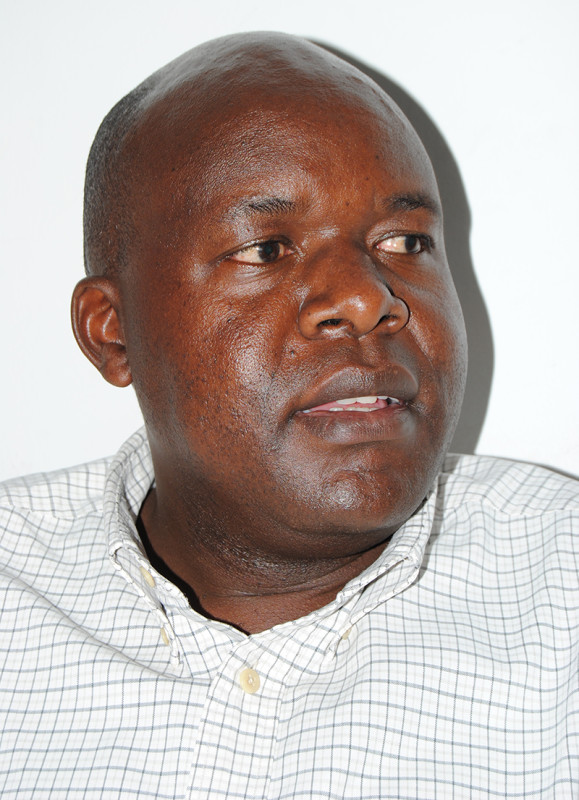Nigeria identifies hurdles to country’s aquaculture growth

Nigeria Fisheries and Aquaculture Department Director Ime Umoh has identified the high cost of inputs, use of unimproved breeds in aquaculture, and need for improved access to finance as the main obstacles hampering expansion of the country’s aquaculture sub-sector.
Umoh, who spoke last week at the International Dialogue on the Transformation and Future of Aquatic Food Systems in Nigeria on behalf of Nigerian Minister of Agriculture and Rural Development Muhammad Sabo Nanono – said due to constraints hampering the growth of the aquaculture sub-sector, Nigeria has been left with a deficit of 2.5 million metric tons of fish. He estimated the current total fish demand in Nigeria at 3.6 million metric tons (MT) annually, but the country produces an estimated 1.1 million MT from the 10 million people actively involved in primary and secondary fisheries operations. The 2.5 million MT deficit is addressed through fish imports, he said.
With Nigeria fisheries sector’s contribution to the gross domestic product having risen from 0.5 percent in 2013 to 4.5 percent currently, Umoh said the federal government is “committed towards improving the aquaculture sub-sector, increase domestic production of fish to reduce importation of frozen fish into the country.”
Umoh did not outline how the government proposes to engage with other fish stakeholders in expanding the aquaculture sector, but only said the Agriculture Ministry “is willing to engage and partner with all stakeholders for the development of the sector for economic development, wealth and job creation as well as food and nutrition security.”
Umoh urged event participants to help the government “identify key recommendations that will bring notable transformation to the aquatic food systems of the country.’’
Some of the aquatic food system development the Nigerian government has been spearheading, together with the private sector, include wooing “fish importers to go into commercial aquaculture, particularly pond and cage culture of fish and shrimp farming., the establishment of fish farm clusters nationwide, and the establishment of fish feed mills in each of the six geo-political zones of the country," Umoh said.
Umoh identified other ongoing aquaculture promoting programs, such as “lake enhancement schemes for stock assessment and stocking of water bodies nationwide to increase their productivity, capacity building of farmers, extension workers, women, and youth with the provision of starter packs for job and wealth creation," as another step the government is taking to improve the nation's aquaculture production.
Nigerian Secretary of Agriculture and Rural Development Ernest Umakhihe, in a speech read on his behalf at the same event by Nigerian Head of Aquaculture and Fisheries and Aquaculture Department Deputy Director Istifanus Pwaspo said fish is one of the cheapest and predominant sources of animal protein in Nigeria, accounting for about 50 percent of total animal protein consumed in Nigeria.
He said the fish per capital consumption in the West African country is now estimated at 17.5 kilograms per person annually. The Food and Agriculture Organization (FAO) had previously estimated Nigeria’s fish per capita consumption at 13.3 kilograms per person per year.
Photo courtesy of Nigeria's Federal Ministry of Agriculture and Rural Development






Share